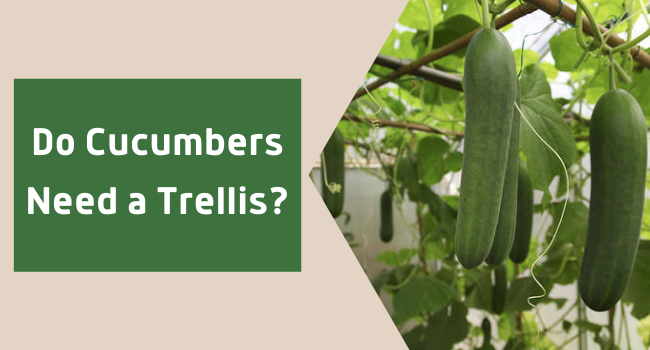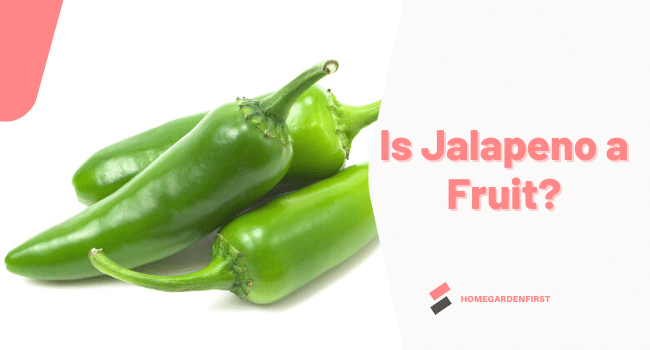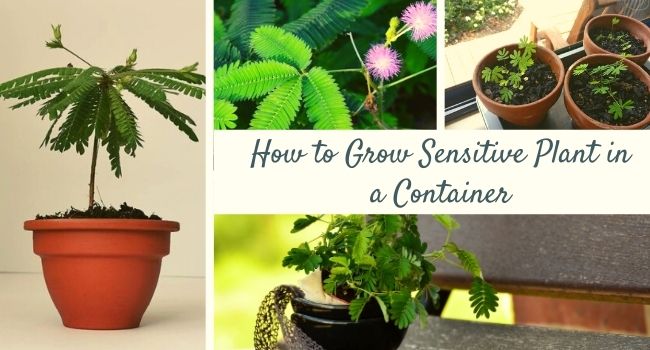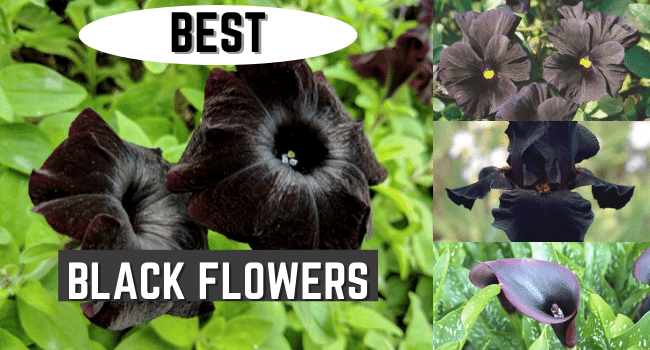How to Grow Kidney Bean Plant at Home | Growing Kidney Beans
Learn how to grow the kidney bean plant at home! You’ll be able to grow kidney beans in a cinch after going through this post.
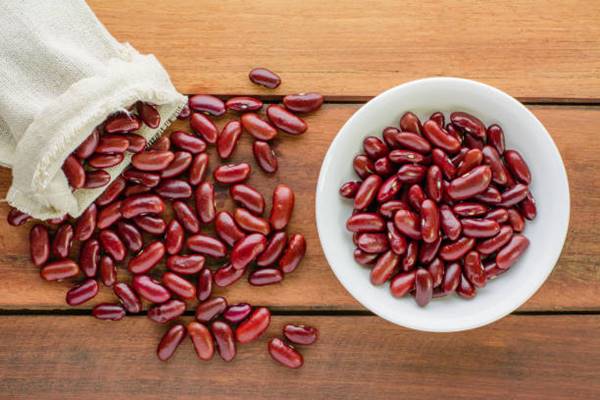
All beans are healthy and nutritious, but we’d go for kidney beans if we had to choose one. Kidney beans are easy to grow and provide the option to choose from both vining or pole varieties. Rich in fiber and protein, consuming beans become even more important for people who follow a vegan or vegetarian diet. Growing kidney bean plants at home will not be difficult if you note the things that we discuss here. So without further ado, dig into how to grow kidney bean plants at home.
Preparation For Growing Kidney Beans
When it comes to growing kidney beans, there are few key things you’ll need to take into consideration before you can reap the bountiful harvest.
Seeds
Get the kidney plant seeds for growing pole or bush variety from a nearby nursery or garden store. Transplanting seedlings is not a great idea as the young kidney plants are very sensitive and do not respond well to transplanting. Instead of getting the seedlings to start plants, sow the seeds directly in the garden or container.
Planting
You can grow kidney bean plants both in the garden or in the container. Plant the seeds one to one and a half inches deep and one to two inches apart in the soil. Once the seedlings grow to about 3 inches in height, thin out the weak seedlings to become appropriately spaced.
Before planting the seeds in the backyard, make sure that the last frost of the season has passed. Soil temperature ranging from 70 degrees F to 80 degrees F is ideal for sowing seeds. For the most part, the surrounding temperature should lie in 65 degrees F to 80 degrees F.
TIP: If the frost does occur after kidney bean seeds’ germination, cover the seedlings with canvas or any light cloth.
Spacing
Space the seedlings with respect to the varieties you plant. Pole varieties require around 3-4 inches of space between compact bush varieties requiring 8 inches of space between each seedling. In general, for most varieties, spacing beans 3-4 inches apart will work well.
Care for Growing Kidney Beans
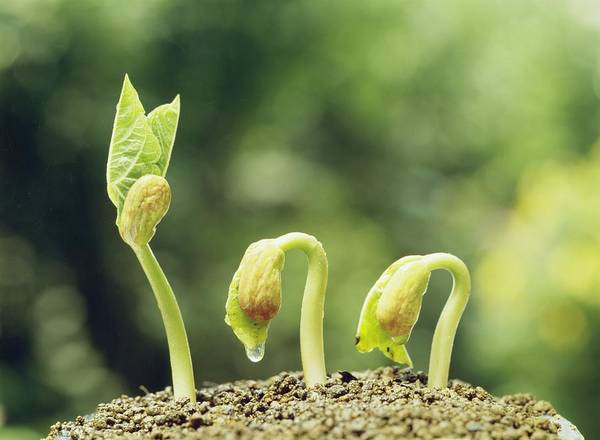
Location
The kidney bean plant loves to reside in the full sun; around 6-8 hours of direct sunlight is optimum. Choose a spot where it receives exposure to atleast six hours of direct sunlight. Placing kidney plants under grow light is also an option if you can’t place it under proper sunlight or plan to grow it indoors.
Soil
Well draining and loose soil is ideal for planting the kidney bean seeds. Heavy soil tends to retain water and turns soggy when watered, which is a big “no” for kidney plant. Amend the soil with organic matter such as manure and compost, or purchase a well-draining soil bag from the market. Ideal pH ranges between 6 and 7.
Watering
Soggy or waterlogged soil is the death of the kidney plant as it can cause root rot. Make sure to water only when the soil becomes dry to the touch. You can check if it’s time to water by sticking your finger in the soil surface and checking if the soil is dry one inch below the surface. Water at the base of the plant rather than the leaves as it can promote fungal growth.
Trellising
While trellising isn’t needed for bush varieties of beans, pole varieties require a support structure to climb. You can choose any trellis design or stake a wooden pole when the plant is young. Installing trellis for vining bean plants will provide a support structure and improve yields as well.
Fertilizing
To have higher yields, you mustn’t go for nitrogen-based fertilizers. Nitrogen-based fertilizer redirects the plant’s energy to leaves than fruits that’ll make the plant leafy but adversely affect the yield. Instead, it would help if you opted for organic fertilizers that won’t provide nitrogen in excess. Also, beans produce their own nitrogen in the roots.
Pests and Diseases
Aphids, beetles, slugs, cutworms, and leafhoppers munch on the leaves and affect the kidney plant’s growth. Handpick them or use an appropriate pesticide that’ll get rid of such pests. Fungal diseases such as bean rust and powdery mildew can also negatively affect the yield. Use fungicide on the first sign of any such disease. Avoid spraying over plants as humid conditions encourage powdery mildew.
Harvesting
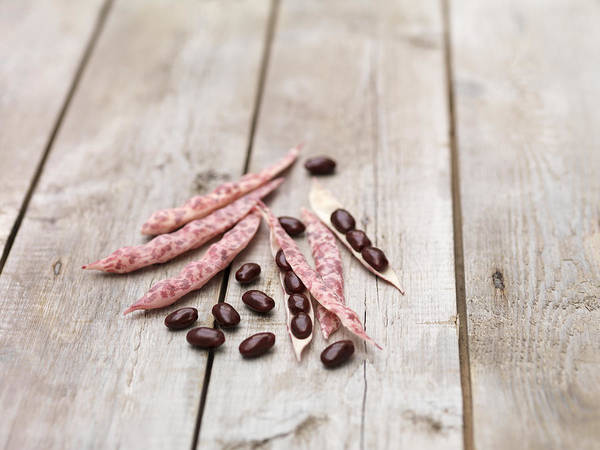
Harvest bush varieties once when the growing season ends. On the other hand, you can harvest pole varieties several times in the growing season, with the largest harvest at the end of the season. Harvest time ranges from 90 to 150 days, depending on the variety. You can check if the bean pod is ready for harvest when the surface turns dry to the touch, and the beans inside the pod feel hard. The rule of thumb is to check one bean and harvest the rest if it’s mature.
Storing Seeds
Saving the seeds makes sense as you won’t have to buy them in the next growing season. At the starting of the season, earmark some of the plants for saving seeds. Allow the pods to mature in those plants and don’t harvest any pods. Green pods seeds aren’t mature enough for storage so wait for them to turn crisp brown at the end of the season before picking them. Water these plants only when it’s very dry as it promotes leafy growth rather than pod development.
